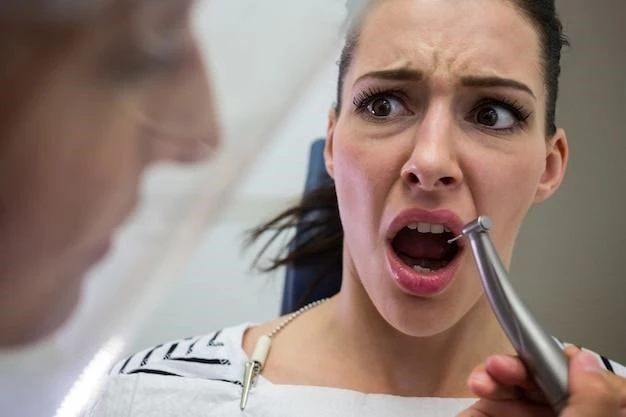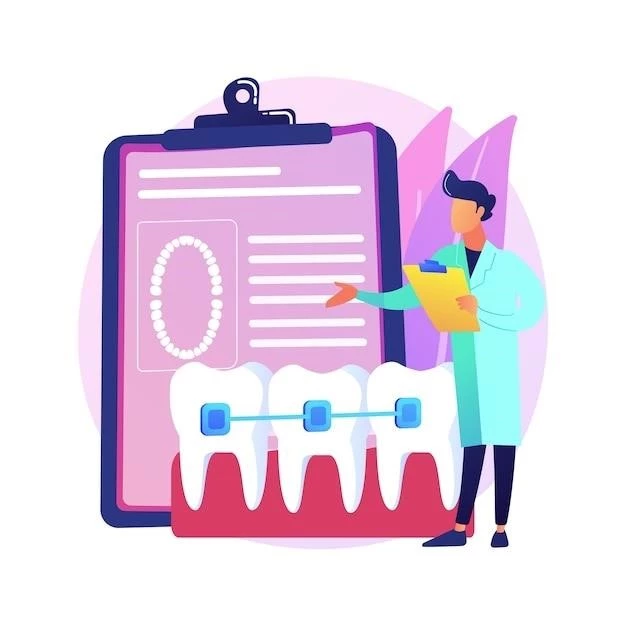Charcot-Marie-Tooth Disease is a hereditary neurological disorder that affects the peripheral nerves,
leading to muscle weakness and atrophy in the arms, hands, legs, and feet․ It is one of the
most common inherited neurological disorders, with various subtypes based on the genetic
mutations involved․
Understanding the Basics of Charcot-Marie-Tooth Disease
Charcot-Marie-Tooth Disease affects the peripheral nerves, leading to muscle weakness and atrophy․
It is usually diagnosed in adolescence or early adulthood and can impact daily activities․
Treatment focuses on managing symptoms and maintaining quality of life for individuals affected․
Living with CMT may require lifestyle adjustments and support from healthcare professionals․

Genetic Causes of Charcot-Marie-Tooth Disease
Charcot-Marie-Tooth Disease is primarily caused by genetic mutations that affect the peripheral nerves;
Exploring the Inheritance Patterns of Charcot-Marie-Tooth Disease
Charcot-Marie-Tooth Disease can be inherited in an autosomal dominant, autosomal recessive,
or X-linked manner, depending on the specific genetic mutation․ Understanding the inheritance
patterns is crucial for genetic counseling and family planning in affected individuals․
Symptoms and Diagnosis of Charcot-Marie-Tooth Disease
Charcot-Marie-Tooth Disease presents with muscle weakness, foot deformities, and decreased
sensation in the limbs․ Diagnosis involves physical exams, nerve conduction studies,
genetic testing, and electromyography to assess nerve function and confirm the disease․
Identifying Common Symptoms of Charcot-Marie-Tooth Disease
Common symptoms of Charcot-Marie-Tooth Disease include muscle weakness, foot deformities,
tingling or numbness in the extremities, and difficulty with walking or balance․ These symptoms
progress over time and can vary in severity among individuals with the condition․
Diagnostic Procedures for Charcot-Marie-Tooth Disease
Diagnostic procedures for Charcot-Marie-Tooth Disease may include nerve conduction studies,
electromyography, genetic testing, and physical examinations․ These tests help healthcare
providers assess nerve function, pinpoint genetic mutations, and confirm a diagnosis․
Treatment Options for Charcot-Marie-Tooth Disease
Treatment options for Charcot-Marie-Tooth Disease focus on managing symptoms and
improving quality of life․ Physical therapy, assistive devices, and orthopedic interventions
are common approaches to help individuals with CMT maintain mobility and function․
Medications and Therapies for Managing Charcot-Marie-Tooth Disease
Managing Charcot-Marie-Tooth Disease may involve pain medications, physical therapy,
orthopedic devices, and mobility aids to alleviate symptoms and improve quality of life․
Regular monitoring and adjustments of treatment plans are essential in managing the condition․
Understanding the Link Between Charcot-Marie-Tooth Disease and Deafness
While Charcot-Marie-Tooth Disease primarily affects motor and sensory nerves, some subtypes
have been associated with hearing loss․ Understanding this link is crucial for comprehensive
management and care of individuals with Charcot-Marie-Tooth Disease․
Exploring the Relationship Between Charcot-Marie-Tooth Disease and Mental Retardation
Charcot-Marie-Tooth Disease is primarily a neurological condition affecting motor and sensory
nerves, typically not associated with mental retardation․ However, some rare forms of CMT
may involve cognitive impairments․ Further research is ongoing to understand this relationship․
Research Advances in Charcot-Marie-Tooth Disease
Ongoing research in Charcot-Marie-Tooth Disease focuses on identifying new genetic mutations,
developing targeted therapies, and exploring potential gene-editing techniques to address the
underlying causes of this condition․ Advancements in gene therapy offer hope for future treatments․
Lifestyle Management for Individuals with Charcot-Marie-Tooth Disease
Living with Charcot-Marie-Tooth Disease involves adapting daily activities to conserve energy,
maintaining a healthy lifestyle, and seeking support from healthcare professionals and support
groups․ Physical therapy and assistive devices can help optimize independence and mobility․
